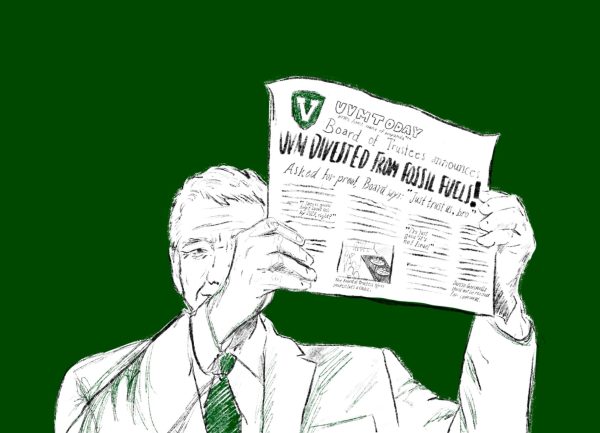Demographic Transition Threatens UVM
“The demographic transition” is a term used to describe the general trends in human population on this planet, since the beginning of human history. Originally, the world’s population grew very slowly, if at all, because the birth and death rates were approximately equal (both being relatively high.) Since the start of the 19th century, the death rate has declined significantly, resulting in a tremendous population increase. According to demographic tion theory, due to a number of socioeconomic factors, the global birth rate will eventually fall to the point where it equals the death rate, and world population will stabilize or even start to decline.
It appears as Vermont (and most of New England) is about to experience some of the effects of the final stage of this transition.
Within the next three years, the number of students graduating from high schools in Vermont will drop significantly compared to recent years, resulting in a smaller applicant pool for the university.
Professor Arthur Woolf in the UVM economics department is currently studying the situation: “there’s a decline in the number of 18-year-olds, and that means that there is going to be, essentially, a problem for UVM,” says Woolf.
There are several possible underlying causes for this problem – the first is the fact that the parents of these students were born directly after the baby boom, when the birth rate dropped significantly.
In addition to this acute cause, there is a more general trend best explained by demographic transition theory: people are having fewer children. Professor Woolf points to increased affluence in society as a possible reason for this.
In response to this problem, which Woolf predicts will persist in its most severe form for approximately 10-15 years, UVM has been expanding its admissions campaigns to include areas of the country which have traditionally not been part of the admissions base.
Cities included in this new campaign are Chicago, Minneapolis, Denver, Atlanta, and Austin.
The success of this program cannot yet be measured, as it is just beginning. However, should it fail to attract a sufficient number of applicants, the university will be faced with two choices: reduce costs, or lower admissions standards.
If the university were to choose to cut costs, it would be forced to curb expansion, cut programs, or possibly even raise tuition. On the other hand, if the admissions standards were lowered, the university’s academic quality would suffer.
This problem is set to manifest in approximately three years, and continue for many more thereafter, so if the university wants to maintain its status quo, it needs to attract many more southern applicants to replace to dwindling numbers of Vermont and New England high school graduates.


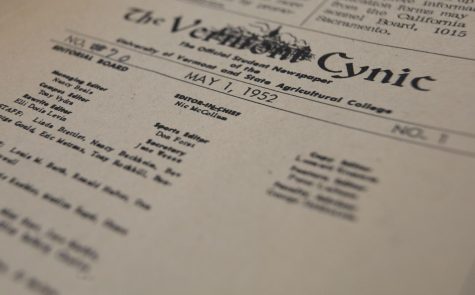

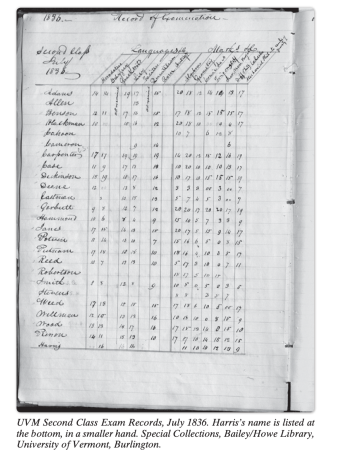
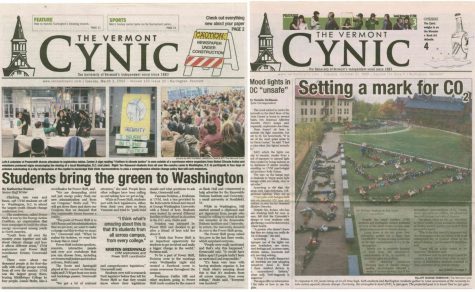

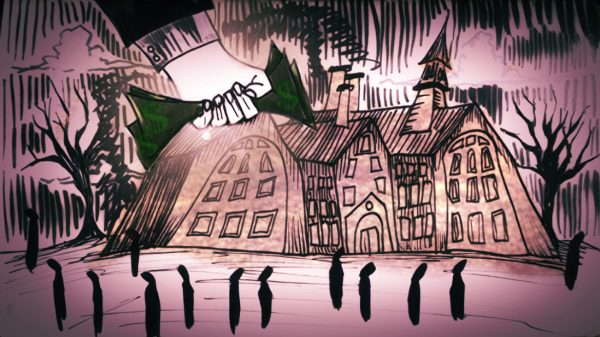

![Can’t buy me [self] love](https://vtcynic.com/wp-content/uploads/2024/04/self-care-FINAL-600x398.jpg)
